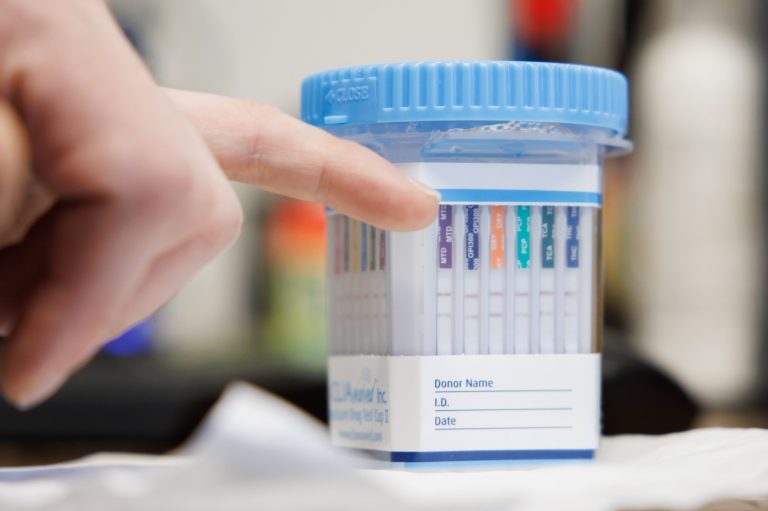Although I understand why Surgeon General Vivek H. Murthy has called for a warning label on social media platforms, there are several reasons I think it’s a bad idea.
Related Articles
Larry Magid: Hearing aids are cool now
Earbuds vs headphones and other personal listening devices
Magid: How to manage an EV battery
Larry Magid: Tech can be boring, but it’s getting interesting
Magid: A big week for generative AI
To begin with, social media is vastly different from tobacco, alcohol and other substances that now have warning labels. If I had to compare it to other substances, I’d pick ice cream. It usually makes you feel good, but if you eat too much, you can feel sick, and it can contribute to obesity and other health problems. Because of special risk factors, some people should avoid ice cream entirely. Most people can enjoy it in moderation, but everyone should avoid consuming too much, and balance it with other food.
Tobacco is an example of a substance that’s unsafe at any dosage. And the danger of alcohol for children, and even adults in some circumstances, is well documented. Almost anything can be dangerous if misused, but there are many safe, healthy and productive uses for social media.
As per warning labels, they’re a bit too ubiquitous. In California there’s a law requiring buildings to post a warning about substances with cancer risks. Nearly every business has such a warning, rendering them almost useless.
The majority of young people have reported mostly positive experiences in social media, though it is true most have had some bad experiences and a few have experienced serious problems. But that can be said about nearly any technology, medicine or food.
Could detract from important work
But my biggest concern is that a simple warning label might detract from the more important work of educating teens and parents about how to manage the risks associated with improper or excessive use of social media and other technologies.
I’ve been an internet safety advocate since 1994, when I wrote “Child Safety on the Information Highway” for the National Center for Missing & Exploited Children. I launched SafeKids.com and Safeteens.com in 1997 and, in 2005, I co-founded (and still run) ConnectSafely.org. So, for the past 30 years I’ve been educating families about how to manage online risks which, just like the risks associated with riding a bicycle, can be greatly reduced but never completely eliminated. What’s needed isn’t a simple warning but solid advice about how to manage risk, including using tools to help you manage screen time, avoid online toxicity and behave appropriately. Parents also need to be educated on how to help teens and children manage their technology. Unlike tobacco and other dangerous substances, abstinence isn’t really an option. ConnectSafely, along with other internet safety organizations including the Family Online Safety Institute and the Digital Wellness Lab, have been hard at work disseminating such advice, though it would be good to have it amplified to a larger audience, perhaps with help from the Surgeon General.
Teen mental illness
In a guest essay for the New York Times, Murthy wrote “Adolescents who spend more than three hours a day on social media face double the risk of anxiety and depression symptoms, and the average daily use in this age group, as of the summer of 2023, was 4.8 hours. Additionally, nearly half of adolescents say social media makes them feel worse about their bodies. Others have pointed to a rise in teenage mental illness since the advent of the smartphone.”
But, as any sociologist will tell you, a correlation doesn’t necessarily indicate causation. There have been many other factors contributing to teen mental illness, including the pandemic, gun violence, political divisiveness, climate change and economic pressures. I’m not saying that social media is blameless, but I have not seen convincing proof that it’s the primary cause of angst among teens.
In his essay, Murthy linked to a study from Boston Children’s Hospital Digital Wellness Lab showing that “nearly half of adolescents say social media makes them feel worse about their bodies.” But, in the same study reported that 49.9% of teens said social media made friend relationships better, and the vast majority said social media made them feel socially connected (79.4%) and emotionally supported by peers (69%) sometimes, often, or always.
The study authors concluded that “Generally, the youth in our sample feel pretty positive about the impact this use has on their well-being; however, many acknowledged that it interferes with sleep, time with family, and schoolwork, and social media was reported as contributing to worse body image. The report also pointed out that “teens in our study are quite savvy about ways to stay safe and maintain privacy online and that they seem to appreciate having boundaries placed on their screen use.
Other recent studies have also shown positive aspects of social media. A March 2024 survey from Pew Research found that ‘Seven-in-ten teens say smartphones provide more benefits than harms for people their age, while a smaller share (30%) take the opposing view.”
In a ConnectSafely blog post, Oxford researcher Nathan Davies explores the contradicting research on teens, social media and mental health, that you can access at tinyurl.com/cshealth123.
It’s nuanced
As is often the case with controversial issues, there are many nuances when it comes to social media use among teens. Some teens report great benefits, including being able to access important health care information, being closer to friends and families and even getting help overcoming depression, anxiety and other mental health issues which are often blamed on social media. Body image is an issue when people compare themselves to professional models or others that go to great lengths to look good in photos and videos, but there are also support systems on social media platforms to help with these and other issues.
Of course there are problems with social media. Some teens do spend an unhealthy amount of time on these platforms or become sad when they see others seemingly looking better or having a better life than theirs, not realizing that how some people depict themselves online is more illusionary than real. Some teens fall for scams, including sextortion, but the vast majority don’t.
Social media companies should be required to take responsibility for helping their users reduce risk. Most have some safeguards in place and we’re seeing a growing trend to provide additional safeguards for young users. But more can and should be done, including just-in-time interventions when the algorithms detect problematic behavior.
What can be done now
In the meantime, there are things that parents can do to greatly reduce any potential harms from their kids’ use of social media. Start with a conversation, asking them what they use, what they like about it and what problems they’ve encountered. Being open, curious, reflective and respectful may encourage your teen to be more forthcoming. Parents can also take advantage of tools that can help them monitor or limit their teen’s use of technology and encourage their teens to turn on time management features, tighten their privacy settings and to unfollow or report and block offensive users. Putting phones away before bedtime will prevent late night scrolling.
Educating teens and parents, enacting reasonable regulations on social media and having an honest national conversation about teen mental health are all better alternatives than a simple warning label that some people who overreact to and others will ignore.
Disclosure: Larry Magid is CEO of ConnectSafely, a non-profit internet safety organization that receives financial support from several social media and technology companies.
Related Articles
California YIMBY group endorses Silicon Valley billionaire’s California Forever project
Los Gatos council pulls back support for specific sales tax hike
These California employees moved across the country for work, then Disney canceled the project. Now they’re suing.
California lost 222 big employers in 4 years, 3rd-most in the US
Electric flying taxi firm preps aviation web to slash Bay Area commutes
Larry Magid is a tech journalist and internet safety activist. Contact him at larry@larrymagid.com.












